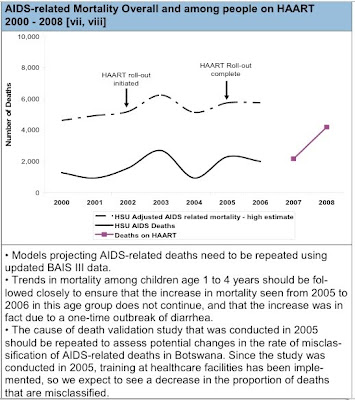BOTSWANA
BOTSWANA
BOTSWANA

light blue with a horizontal white-edged black stripe in the center;
the blue symbolizes water in the form of rain,
while the black and white bands represent racial harmony
the blue symbolizes water in the form of rain,
while the black and white bands represent racial harmony
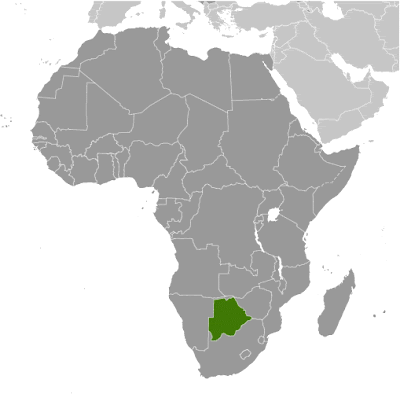

maps & flag & flag info from the CIA! wow!
BUT FIRST YOU WANT TO KNOW SOME SECRETS ABOUT ME?????

When I was a kid I had a rich inner life but in the outer world I was so shy and skinny I almost disappeared...........
FACTOIDS:
a) I learned to talk before I had teeth (BLAME MY MOTHER!!)
b) you can’t ask a lady her age or her weight but I am 8 yrs and 11 months older than our Professora
c) the night before I was born Mom & I (accompanied by Dad) went out to listen to DIZZY GILLESPIE! Also we went out to eat CHINESE FOOD!!
I’ve asked a lot of questions in this class so now I am embedding a small QUIZ in this presentation so that YOU can ask ME questions!! Those were some clues you might find useful. Now here is a very fast 4 minute
QUIZ:
(GO FOR IT! IT”S YOUR BIG CHANCE TO QUESTION THE QUESTION ASKER!
EVEN THO HERE I AM ASKING QUESTIONS AGAIN! SO OKAY YOU CAN ASK ME 3 Y/N?’s per question if you REALLY need clues.....
1. I was born on an island a thousand miles from here. That would be_____________
2. The world I was born into had just decided to execute 2 people. It took 2 years and a couple of months for the execution to happen, on a Friday evening, here in the USA. The topic was on the radio news Mom & I were listening to in & out of utero in my formative years of word consciousness & was the fist radio news story I followed. The two people were
___________________________________________________
3. (a)The President of the USA at the time of the trial was________________________.
The time period is often called (b)_____________________but the late great radical Iowa farm activist Fred Stover always called it the (c) ________________________.
If Iowan(d)______________________had been Vice President then would history have been very different???
4. Do you know who 3d above is?(was!)??______________________________
5. When I was born my folks lived in a place that our Professora mentioned in one of our early classes because it is actually the most diverse place on the planet now. I think she called it one of the most diverse “zip codes.” I usually refer to it as one of the most diverse few square miles, but, whatever! Does anyone know, or remember, the name of the place? ______________________________(& to be more specific, go to___________________________!)
5. Before I was two we moved to the same county in which the aforementioned execution took place. That county is not too far north of the home baseball stadium of the_______________________
6. One thing I had to do in elementary school that you did NOT have to do was _ _ _ _ and _ _ _ _ _.
(Note: each space=one letter/word). (If you can't see the dashes, note that the first word=4 letters; the 2nd word has 6 letters!)
7. This experience was such an influence (or trauma?) for me and many boomers that some of us, a decade or so later, got involved with____________________________
8a. After I graduated from high school I was on the “two month plan” for a while ( I thought) because every two months there seemed to be a major cultural or political mass gathering. The first one after high school, in the summer, was______________________________
8b. After unscientifically questioning a random sample of a limited cohort I chose to declare that I was the only person at (8a above) who neither______________nor ________________. This may or may not be true but I have never met another person who made such a declaration! Thinking CRITICALLY, please note this is no proof of truth..................
10. Two months later my husband and I (not to meet for quite a few years) both attended the largest anti war demonstration in the history of the USA in the 20th century. What when and where do you think this might have been?
11. Two months later I hitchhiked from the city of my birth to that big city about 200+ miles from here to sit outside the Federal Building for a long time in the pre dawn to attend_______________________
#11B is a PS: Does anyone in your generation, or in this room, know or care about this? Pls tell_____
12. Forty years ago today_______________
pause for a deep breath for that...
13.Here is my husband at our tenth anniversary (of getting involved), 20 years ago last week! This photo was on page three of THE DAILY NEWS, in NYC, on April 29, 1990. What do you think is happening?? WHAT DOES THIS HAVE TO DO WITH GLOBAL AGING? IT REALLY DOES...
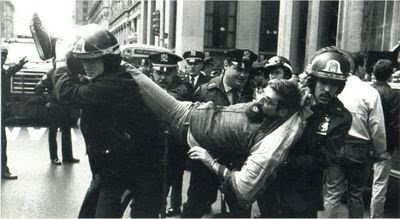
***********************end of quiz*******thanks!**************************************
Some "child-less" families consider themselves to be "child-free." Others call their pets their KIDS.
This is Kitty Luna. She is 15!

Because our children are fur people, we have
relatives in Botswana!
Buckle up your seat belts...here we go!!! To visit...
relatives in Botswana!
Buckle up your seat belts...here we go!!! To visit...
(Imaginary travel is SO MUCH CHEAPER! NO volcano dust delays!)


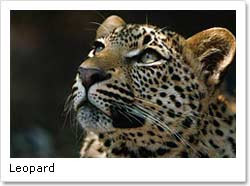

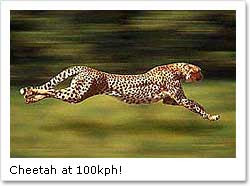




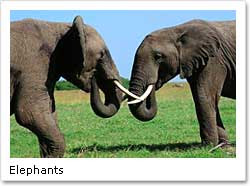

Botswana is #146th in population amongst 223 countries in the world!! (C.I.A.)

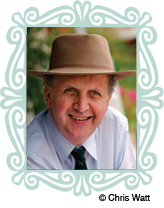
http://www.randomhouse.com/features/mccallsmith/main.php
BEFORE CLASS STARTED I WENT TO BOTSWANA IN MY MIND.....(oral presentation)


Seeing the book places on the map made the stories seem more real. But were they a true reflection of the culture?
People say that these books make them HAPPY and are very special.
The series I fell in love with have a bit of a cult following as you might suspect by the web site about the many books by author Alexander Mc Call Smith!
Tea with Mma Ramotswe would be nice
How does all this check out with reality?
Background:
Formerly the British protectorate of Bechuanaland, Botswana adopted its new name upon independence in 1966. Four decades of uninterrupted civilian leadership, progressive social policies, and significant capital investment have created one of the most dynamic economies in Africa. Mineral extraction, principally diamond mining, dominates economic activity, though tourism is a growing sector due to the country's conservation practices and extensive nature preserves. Botswana has one of the world's highest known rates of HIV/AIDS infection, but also one of Africa's most progressive and comprehensive programs for dealing with the disease. Geography:
| ||||||||||||||||||||||||||||||||||||||||||||||||||||||||||||||||||||||||||||||||||||||||||||||||||||||||||||||||||||||||||||||||||||||||||||||||||||||||||||||||||||||||||||||||||||||||||||||||||||||||||||||||||||||||||||||||||||||||||||||||||||||||||||||||||||||||||||||||||||||||||||||||||||||








